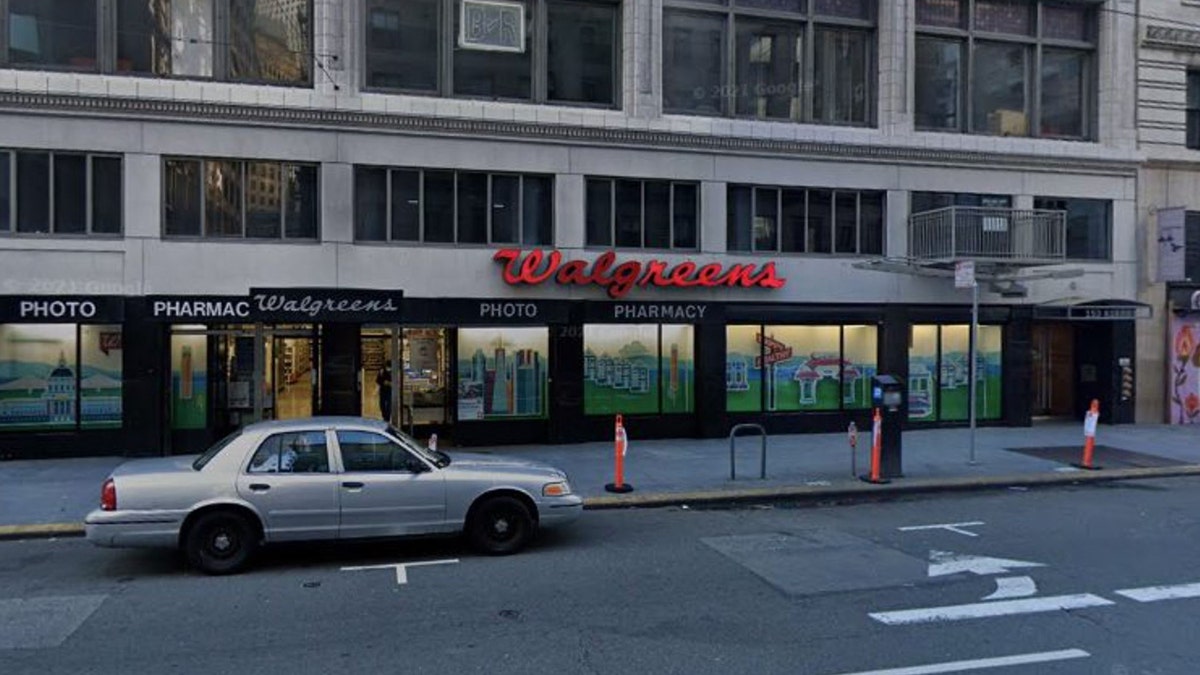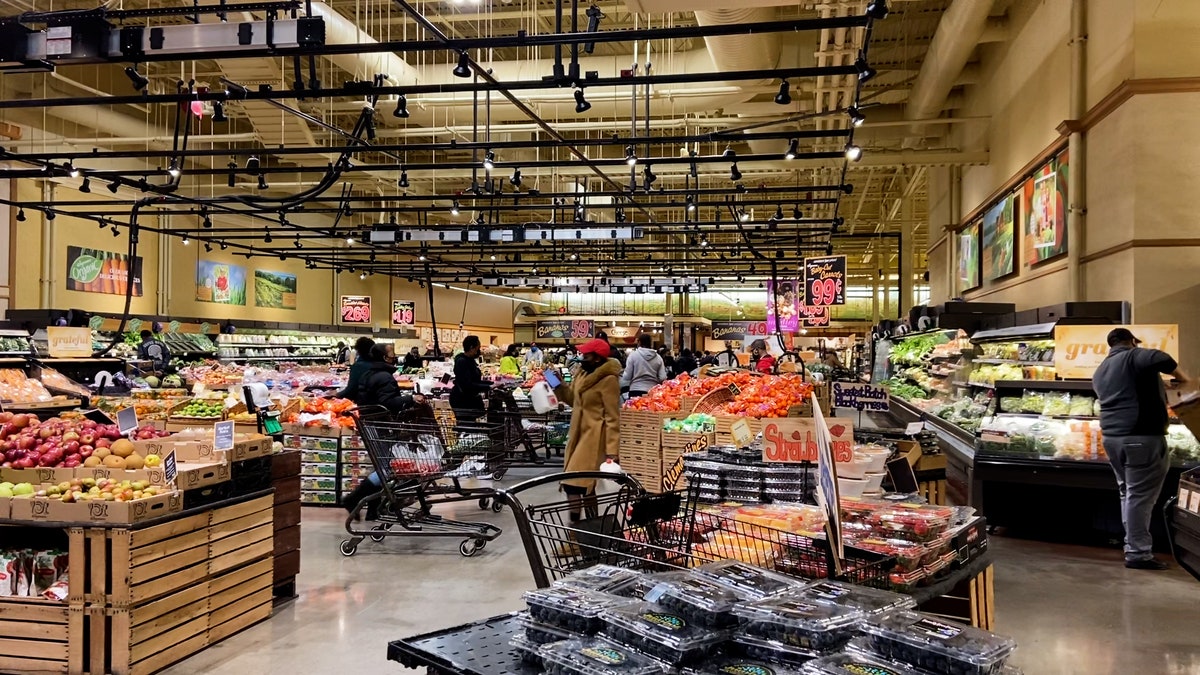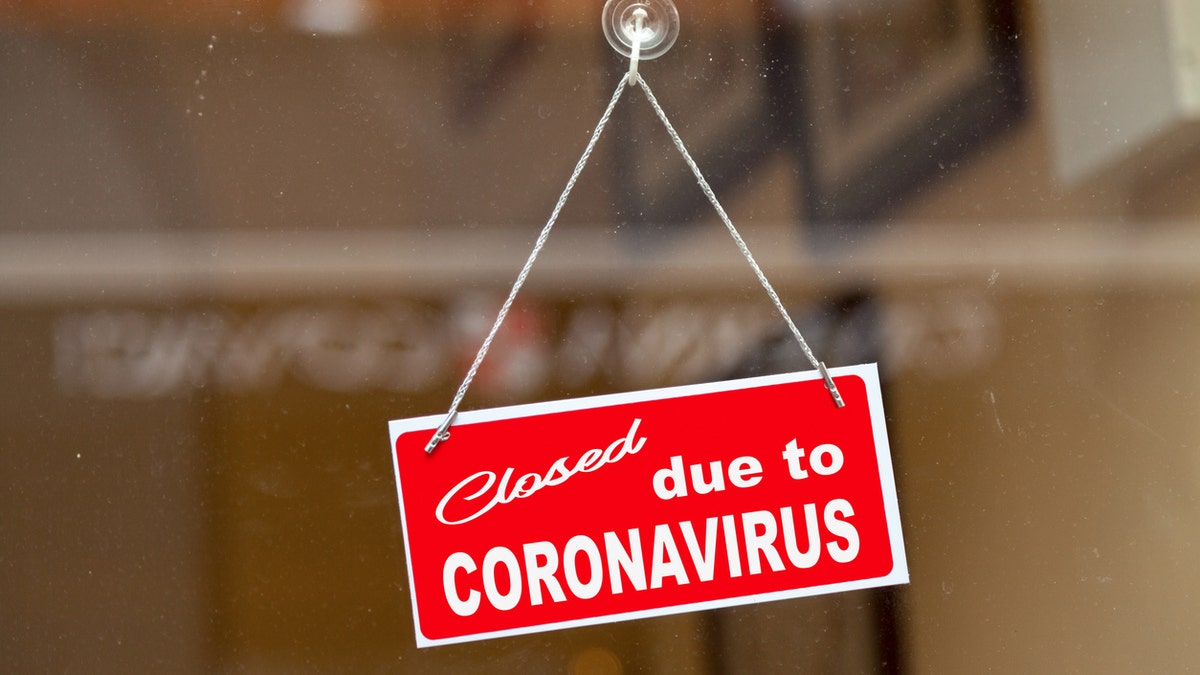San Francisco retailers closing doors early due to rampant shoplifting
A growing number of residents want to move away from the Golden City if the crime surge continues. John Dennis with insight on 'Fox & Friends First.'
Crime waves swept major cities across the country two years ago amid the summer of 2020’s protests and riots and the coronavirus lockdowns that upended society. Crime has continued raging in many cities while residents cope with a heavy cost that has been compounded by record-high inflation.
"As a purely factual matter, prices do tend to be higher -- and the quality of service and products lower -- in stores in low-income neighborhoods," economist Thomas Sowell wrote in an opinion piece in 2006.
He said that many "ghetto stores" charge higher prices for a bevy of reasons, including "crime, shoplifting, vandalism and riots have raised the costs, both directly and by causing insurance rates and the costs of security to be higher."
Sowell's words have proven true in recent years. Commercial insurance rose in 2021 following the George Floyd protests and riots of the summer prior, which marked "the first civil disorder catastrophe event to exceed $1 billion in losses to the insurance industry," according to the World Economic Forum. Battered stores in cities have taken extra security measures and even cut operating hours to help curb rampant shoplifting.
SIX MAJOR CITIES ON PACE TO PASS HISTORIC 2021 VIOLENT CRIME TOTALS HALFWAY THROUGH 2022

Surveillance video from Princess Bride Diamonds shows workers fight off smash and grab robbers at Bella Terra mall in Huntington Beach, California. (Princess Bride Diamonds)
Crime has ravaged major cities over the last two years, with murders nationally spiking by 30% in 2020 when compared to 2019. Those spikes were even more steep in cities like New York City, which recorded a 44% increase in homicides compared to the year prior, Seattle, which saw their homicide rate increased by 61% in 2020 and by 40% in Philadelphia when compared to 2019.
Property crimes and thefts have also seen increases, including at businesses within cities. Most notably in California, cities such as Los Angeles and the Bay Area were ravaged by smash and grab crimes last year that have carried over into 2022.
Rampant shoplifting caused stores such as Walgreens and other chains to close in cities throughout the Golden State. Convenience stores in Philadelphia have been "closing left and right" this year while a couple of pharmacies in New York City closed up shop after reports they were repeated targets of shoplifting.
PHILADELPHIA BUSINESSES 'CLOSING LEFT AND RIGHT' OVER INCREASE IN SHOPLIFTING: 'VERY DANGEROUS'
For many people living in those cities, a store closure means a disruption of how people get things as simple as bread or milk, and can add additional transportation costs.
"If you're middle class or upper class, if Walgreens closes, it's not that big of a deal, maybe a minor inconvenience. But you can probably pretty easily drive an extra couple miles to the next closest store," Heritage Foundation legal fellow Zack Smith told Fox News Digital.

A Walgreens in San Francisco, where a handful of such stores have closed over the last year. (Google Maps) (Google Maps)
However, "if you're someone who is one of the poorer members of our communities, that Walgreens closing or a grocery store having reduced hours, that's a big deal. You may not be able to walk the extra few miles, you may not be able to get public transportation to go the extra few miles. If you're working, reduced hours can impact your availability to get basic needs met," he added.
Historically, people living in cities have carried heavier costs at local grocery stores and bodegas. A government study published in 1997 found that low-income households are less likely to live in suburban areas where food prices are typically cheaper.

Grocery store shoppers in a Washington, D.C. suburb (Fox News Digital)
"Suburban supermarkets typically have the lowest food prices and widest selection, but poor people tend to live in central cities and rural areas. Grocery stores in central cities have higher operating costs and tend to be smaller and unable to take advantage of economies of size," the study found.
JULY FOURTH FIREWORKS: BIDEN'S INFLATION MEANS EVERYTHING IS SKY-HIGH FOR AMERICANS THIS YEAR
Additionally, there are unseen costs to Americans living in crime-riddled cities that have an incalculable impact.
"The impact is almost immeasurable," the Heritage Foundation’s Amy Swearer told Fox News Digital when asked about the cost crime has on communities in cities.
"You can measure it in some terms of … stores that are leaving [cities]. But there's sort of the immeasurable impact: Kids who are afraid to walk to school. How do you measure PTSD? How do you measure fear? How do you measure people deciding not to go to a store today?"
While crime has loomed large over cities and its communities, inflation has also dealt a heavy blow.
Inflation is at a 40-year-high, and estimates show it cost the average American household about $635 in June alone. Studies have found inflation often hurts low-income families, minority communities and Americans in rural parts of the nation the most. Low-income households are often "exposed" to items hit the hardest by inflation, such as energy and food, while lower levels of savings and incomes are unable to easily absorb the higher costs compared to wealthier households, a Bank of America study published in November found.
For many, inflation is a financial double whammy. Coronavirus lockdowns destroyed businesses across the country and workers were laid off or had hours cuts, which left many Americans financially struggling before inflation set them further back.

Sign showing a store is closed due to the coronavirus pandemic (iStock) (iStock )
WALGREENS CLOSING 5 MORE SAN FRANCISCO STORES DUE TO THEFT
For some city residents who rely on their local grocers, they have been driven to tears by inflation and store closures.
"I have seen tears and laughter," Tony Moore, who runs a group home in central Kenosha, Wisconsin, recently told Kenosha News of inflation squeezing his neighborhood. "I’ve seen people cry, because what are we going to do? And I see people laugh because what can we do?"
In California, residents of San Francisco have relayed that the closures of Walgreens have been devastating.
CLICK HERE TO GET THE FOX NEWS APP
"That Walgreens was essential, at least for my family," Gina Mullins said of a Walgreens closing in the Mission District last year, according to the Guardian. "It’s closer than Safeway, has more items than the corner store, and they have a pharmacy attached. It’s been a staple, so to see them shutting down in neighborhoods that really need them is heartbreaking."

